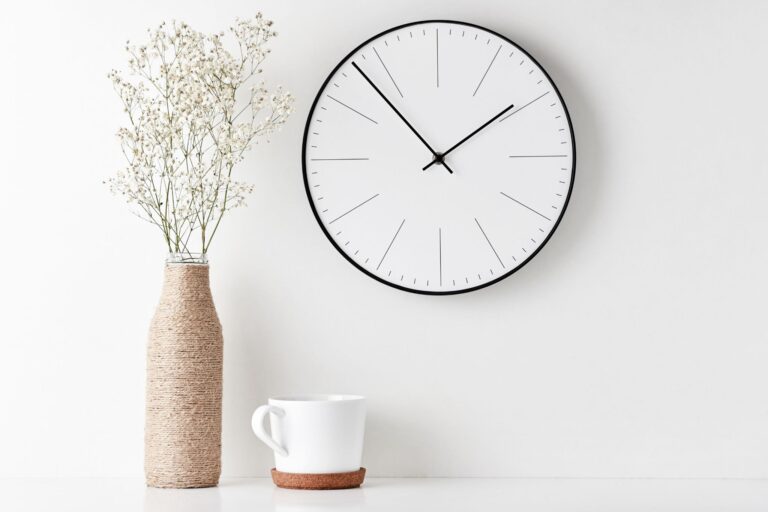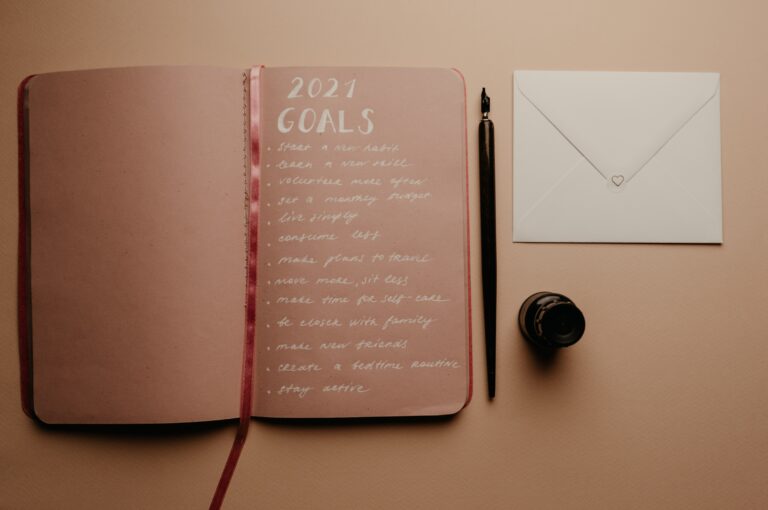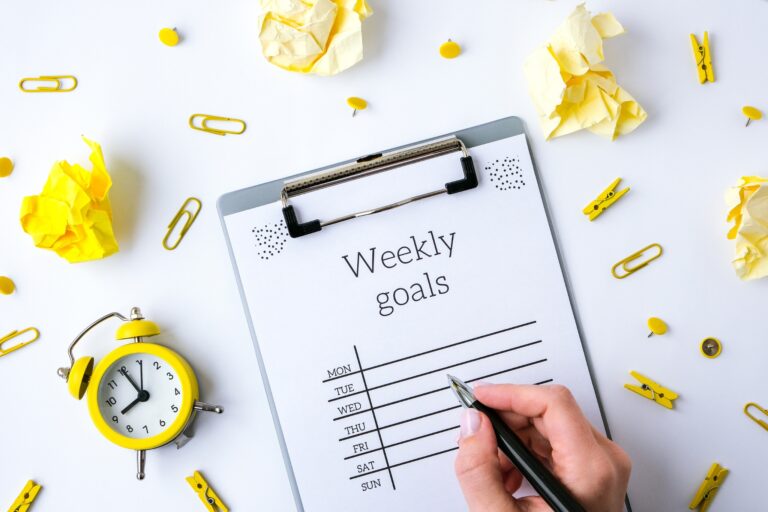How to multitask the right way.

This post may contain affiliate links, which means I’ll receive a little commission if you purchase through my link at no extra cost to you. Please read the full disclosure here
There was a point in time where having the ability to multitask well was considered a superpower. It meant that you were able to do a lot more things than people who couldn’t.
As people continue to educate themselves in recent times and with the popularity of the productivity niche, multitasking has had a negative reputation. There are studies that prove or back the claim that multitasking diminishes your concentration and ability to focus and also reduces the quality of your work.
But should you completely abolish multitasking altogether or are there instances where they can be beneficial? This is what we will be talking about in this post and I hope at the end of reading it you understand where and how multitasking can still be beneficial for you.
First, What even is multitasking?
Multitasking is defined by The Cambridge dictionary as “the ability to do more than one thing at a time.”
Simply put, it is when you try to do more than one thing at a time.
With all the research that has been done in recent times and more people focusing a lot more on productivity, people are learning that not only is multitasking not as productive as they thought, but it could even be detrimental to your efficiency.
What are some of the disadvantages of multitasking?
1. It decreases your level of concentration for each task.
Although it might seem as though the ability to juggle multiple tasks at the same time can give you an edge, it actually lessens the amount of concentration you put in each task.
Every time you shift your focus from one task to another your brain needs some time to get back in the flow of the task you are working on again.
You might end up spending even more time to get things done.
2. You can easily feel more overwhelmed.
Switching back and forth between tasks can easily make you feel more overwhelmed and stressed. There is just more load for your brain to process at a time and it can easily leave you feeling super drained.
3. Makes it harder to commit things to memory
For our brains to commit new information to memory it requires a good level of focus which is decreased when you multitask.
Making a switch between tasks can interrupt the process of your brain making connections when encoding new information in your memory, this can lead to a gap in what you remember or confusion in what you are trying to recall.
4. Multitasking over a long period of time can make it more difficult for you to concentrate in general.
A lot of our learning and problem-solving skills get better and more refined with practice. The more you practice concentrating on your tasks the easier it becomes for you to easily get to that state when you are doing work.
On the other hand, if you get use to switching between multiple tasks, you will find it difficult to concentrate easily and for an extended period. You might start to struggle with tasks that require deep focus for a longer period of time like studying.
Well, if multitasking is so detrimental should you only Monotask?
From the name alone, you can tell that the opposite of multitasking is to Monotask, which is when you only focus on one task at a time.
Should you stick to only one task at the same time?
Well, Yes and No.
As much as multitasking is not very beneficial, there are times when it actually can help you get more things done without the negative effect of losing concentration and focus.
Some ways that I incorporate multitasking into my tasks and some other ways you can too.
1. Cooking:
One of the ways that I multitask is by cooking several meals at the same time to save time.
I could cook up to 4 meals at a time and save myself a lot of time. Using all the stove tops and oven at the same time ensures that all the meals I am making are cooking at the same time.
The reason this works so well is that this task doesn’t necessarily involve solving anything or committing things into memory. Cooking is something you can do without needing to pay so much attention to as your body learns to perform some of these skills without much thought.
2. While doing your chores:
while you are doing chores around the house, you can also listen to informative or educational podcasts or an audiobook on Audible from a list of the books you have been meaning to read.
3. When you are driving:
Just like when you are doing your chores, you can also use your time driving or commuting to learn something through audiobooks and podcasts.
4. Answering emails during a wait time:
If you have an appointment and you have a considerable time to wait, you can use this time to answer some emails.
Another time I use in answering emails is when I’m baking for instance, the time you wait for it to cook in the oven, you can quickly answer some emails and save a lot of time.
If you noticed, most of the examples that I listed are tasks that don’t have a lot of cognitive demand.
When you are combining tasks to multitask you can bear this in mind.
The main problem with multitasking with tasks that have a higher cognitive load is that it requires a lot of focus and concentration and switching between tasks makes it difficult to process the task you are doing uninterrupted.
There you have it!
You have made it to the end of this post on the topic “Should you multitask or strictly stick to monotasking?”
I hope reading this has shed a little more light on multitasking and if it is beneficial for you or if you should engage in it.
Multitasking can be useful in tasks that don’t require a lot of concentration and focus. For other tasks that require a lot of concentration, you are better off focusing on one thing at a time as you will be a lot more productive that way.
Some other posts you might like:






